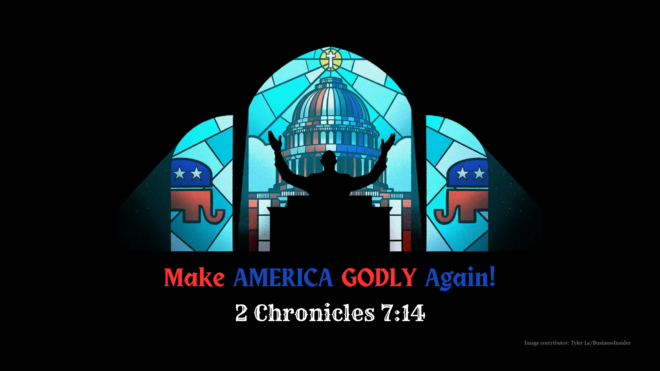Joseph Henrich argues that the Western, Educated, Industrialized, Rich, and Democratic world got its uniqueness from family codes imposed by the Church in the Early Middle Ages. The key parts of these codes were not restrictions on same-sex marriage or premarital cohabitation – the controversial ones today – but restrictions on marrying close relatives or members of one’s clan. This forced Europeans and their descendants to interact with and trust ‘strangers’ and people to whom they weren’t related. And thereby hangs a tale.
Joseph Henrich, a professor of human evolutionary biology at Harvard University, has written a theory of how the Western mind and cultures became exceptional. He has coined the acronym WEIRD [for Western, Educated, Industrialized, Rich, and Democratic] to describe the features of this. It has to do, he says, with how the Roman Church interfered with the family systems of Western Europeans in the early Middle Ages and imposed on them a new pattern. He calls this the MFP [Marriage and Family Program]. Henrich holds that this pattern forced the Western World to have a greater level of trust and honesty in dealing with people they weren’t related to, strangers, and people they didn’t know well. The articles of this code were as follows:
- “Prohibited marriage to blood relatives” at one point going as far as sixth cousins.
- “Prohibited marriage to affinal kin within the circle of tabooed blood relatives,” (i.e., in-laws, as closely related as forbidden blood relatives).
- “Prohibited polygynous marriage, including the taking of secondary wives, as well as the use of sex slaves and publicly-supported brothels.”
- “Prohibited marriage to non-Christians [unless they have converted].”
- “Created spiritual kinship, which established the institution of godparents.” Godparents and their families were also off limits for marriage.
- “Discouraged the adoption of children.” Of course, nowadays, when the alternative is abortion or infanticide, the Church takes a different view of adoption!
- “Required both the bride and groom to publicly consent [“I do”] to marriage.”
- “Encouraged, and sometimes required, newly-married couples to set up independent households – neolocal residence. The Church also encouraged the use of traditional marriage payments (e.g., dowry) to help fund this new residence.” Dowry was usually an expense falling on the parents of the bride. In contrast, Africans observe the custom of bride-price, an expense which falls on the groom or his parents. The expense of housing these days, of course, has increased pressure for a return to extended families living in one house. And did your parents give you a little help with your down payment? That was a dowry. And did your parents have to co-sign your first apartment lease, because nowadays they treat renting an apartment as the moral equivalent of a bank loan? That was sort of a dowry.
- “Encouraged the individual ownership of property [land] and inheritance by personal testament. This meant that individuals could personally decide where their property went after their death.” Today, some of the rich have ‘trusts’ which undo this.
[It should be noted that Francis Fukuyama anticipated Henrich’s argument in The Origins of Political Order, but not in such detail as Henrich.]
Needless to say, if you know about European political history at all, you know that these standards were not strictly applied at the royal and noble levels. The ‘peace bride’ [the European equivalent of New Guinea’s ‘Peace Child’] was a common feature of European diplomacy, the Austrian bride Marie Antoinette being only the most famous illustration. And royal lines could get quite inbred. The Hapsburgs, who ruled at various times Austria, Hungary, Germany, the Low Countries, Spain, and Portugal, were a notorious example of this. Two of them, in the later 16th century [admittedly when the Catholic Church was still recovering from the wounds of the Reformation] actually got away with marrying their nieces!
As we all know, Christianity is now a world religion with most of its followers in Africa and Asia, and to some extent in Latin America. The Old West, with the United States being only a partial exception, has moved on to a new paganism, many of whose features can only be post-Christian or a distortion of Christian principles. [See Tom Holland, Dominion, for this. For features of the pre-Christian West that have been restored to the West in the 19th and 20th centuries, and not in the time of the so-called Renaissance, see Ferdinand Mount, Full Circle: How the Classical World Came Back to Us.]
Henrich and Fukuyama attribute much of the rise of the West to the ‘Marriage and Family Program’. But now that the Church is mostly non-Western, how much of the MFP are Christians going to adopt in Africa and Asia? I’m sure the believers there will strive to raise the status of women and their right to consent and promote premarital celibacy, but how much of the rest, particularly restrictions on cousin marriage, are they likely to impose? How the non-Western church decides to handle this will go a long way to decide what African and Asian societies will be like in the future, including their economic future.




